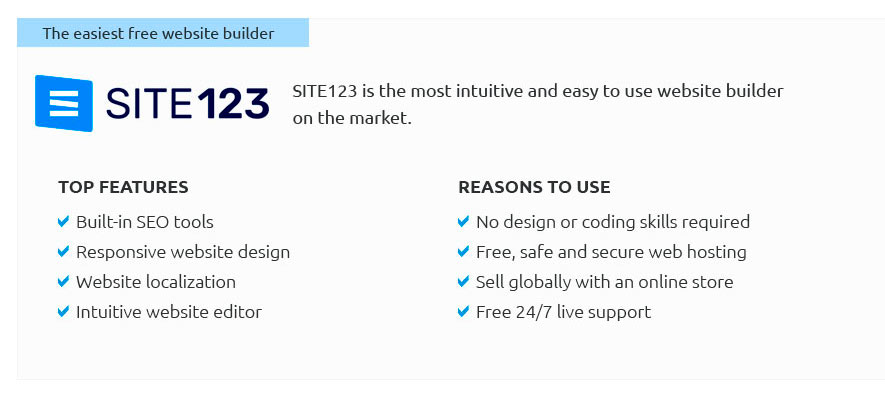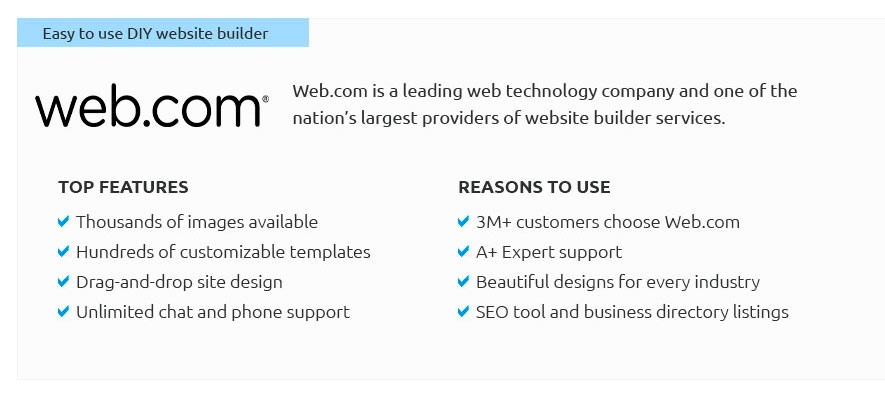 |
 |
 |
 |
|
 |
 |
 |
|
 |
|
 |
 |
|
 |
|
 |
|
 |
 |
How to Get a Website Started: A Comprehensive GuideIn today's digital age, having a website is not just an option; it's a necessity for businesses, freelancers, and even hobbyists. Creating a website might seem daunting, but with the right guidance, it can be a rewarding endeavor. Let's explore the steps to get your website up and running, ensuring it stands out in the vast ocean of the internet. Step 1: Define Your Purpose and AudienceBefore diving into the technicalities, it's crucial to define the purpose of your website. Is it to showcase your portfolio, sell products, or perhaps share your passion for photography? Understanding your target audience is equally important, as it will influence the design, content, and functionality of your site. Step 2: Choose a Domain NameYour domain name is your website's address on the internet. It should be easy to remember, relevant to your brand or purpose, and preferably short. While .com is the most popular domain extension, don't shy away from considering others like .net, .org, or even country-specific extensions if they better suit your needs. Step 3: Select a Web Hosting ProviderWeb hosting is where your website's files are stored. Choose a reliable hosting provider that offers good uptime, customer support, and scalability options. Popular choices include Bluehost, SiteGround, and HostGator. Consider your budget and website requirements when making your selection. Step 4: Design and Develop Your WebsiteWith platforms like WordPress, Wix, and Squarespace, designing a website has never been easier. WordPress, in particular, is a favorite for its flexibility and plethora of plugins. If you prefer a more hands-on approach, learning HTML, CSS, and JavaScript can give you greater control over your site's design and functionality. Regardless of your choice, focus on creating a user-friendly interface and a visually appealing design that aligns with your brand. Step 5: Optimize for Search EnginesSearch Engine Optimization (SEO) is vital for increasing your website's visibility. Use relevant keywords, write high-quality content, and ensure your site is mobile-friendly. Tools like Google's Keyword Planner and Yoast SEO can be incredibly helpful in optimizing your site. Step 6: Launch and Promote Your WebsiteOnce your website is ready, it's time to go live. Announce your launch on social media, email newsletters, and any other channels relevant to your audience. Consistent promotion and engagement are key to attracting visitors and building a loyal following. Final ThoughtsStarting a website is a journey that requires time, effort, and sometimes a bit of trial and error. However, the benefits of having a strong online presence are immense. Whether you're building a personal blog or a robust e-commerce site, following these steps will set you on the right path. Remember, the internet is an ever-evolving landscape, so stay curious and be ready to adapt as new trends and technologies emerge. https://support.google.com/a/users/answer/9310491?hl=en
You need to have 2 or more pages in your website for your site title to appear. https://webflow.com/
Try it for free. Get started it's free. Try Webflow for as long as you like ... https://catherineevery.medium.com/how-to-get-started-on-the-content-for-your-website-1bc63bf3b70d
Writing content for your website is a sizeable job, but a bit of planning at the start will make the process feel more manageable. Here's my advice for getting ...
|